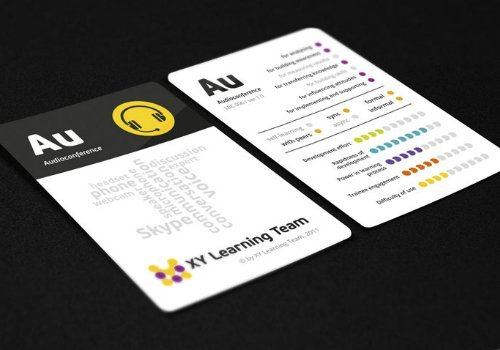Rejection Can Be An Instructional Designer's Tool For Getting Results
It’s more common than you think: You did all the initial work. You met with the client lead, conferred with the Subject Matter Experts, engaged with your creative team, drafted, drew, outlined, you did it all. And it was finally 'go' time. Time to show the work and reflect back to the people everything they said they wanted to create using the online learning product. The great unveil happens in all its splendor, and then you hear the dreaded reaction… "That’s not quite it." (or some other variant of rejection).
What happened?! You put so much effort into it. It was everything that everyone seemed to want. It was put together with all the best practices and knowledge of the field. You (and your team) dedicated so much time to it. Where were the enthusiasm and the fireworks?
Breathe. Rejection can be one of the toughest parts of being an Instructional Designer. You aren’t just putting together a learning product for yourself, but one that has to look, say and behave the way other people want.
The problem is, people don’t always know what they want—especially these days when there are more options and possibilities than ever!
It’s a difficult reality of designing online training products. Clients, Subject Matter Experts, and project leads don’t always have a clear vision of their teaching product. From visual design (What kind of button? Blue or red? Round or square? Spinning or pulsing?), to content objectives (What do you want to say? What should the learner do next?), the possibilities are endless. And even with the best recommendations from the field, ultimately the end product must match someone else’s vision.
As an Instructional Designer and online learning producer, I know how difficult it can be to get to these kinds of jobs done—especially when working with teams that need to come to a consensus. Getting individuals or groups to a 'Yes' is often a journey through a path of 'No'.
Yet that path of 'No', the rejection of ideas, is one of your best tools as a designer or producer to get the job done.
The fact is, people often do know what they don't want. And if handled well, a process of elimination can be leveraged to get you and your team to that final approval.
Here are some tips for getting that process going.
1. Mock Up Representations Of Ideas
Provide something to react to. Too often, ideas stay in the conceptual stage, as dialogue or bullet points in emails. One of the best tricks I know is to mock up ideas. Show the team what you mean or how you interpret what they are saying in more than bulleted notes. Depending on what you are mocking up, you can do this any number of ways: You can mock a layout by sketching a visual design in PowerPoint, an authoring tool, or even a sketchpad or you can mock up ideas by writing up an outline, a mind map or a summary of what was said with some structure or sequencing. Give them something tangible to reject (or accept!). When you create a mock-up you are moving the idea out of the mind and into the real world. Help them see, hear, touch, feel the idea so they can react.
2. Prepare Yourself For Rejection, Don’t Take It Personally
This is a tough one so I’ll say it again: don’t take the rejection of ideas personally. If you’re like me, you take pride in your work and you do your best to represent your ideas. You bring your expertise and knowledge about design and the best practices. Keep doing that! It’s important to put your best foot forward and to stand by what know will work best. However, set your expectations realistically about this process of elimination. Remember it’s not you or your idea they are rejecting, it’s just the discovery of what they don’t want.
3. Iterate And Keep Moving Forward
So you did a mock-up, submitted it to the team, and some or all of it got rejected. What’s next? Do it all over again! You’re one step closer to getting it all done. It can be trying and exhausting, but keep in mind that your measure of success is that final approval and the finished product.
It’s often a difficult task to create a product that matches someone else’s expectations. Giving people something to react to is a helpful way of eliciting a response. Even if that response is rejection, you’re that much closer to getting the job done! Mockup your ideas, prepare for rejection, and hang in there.








